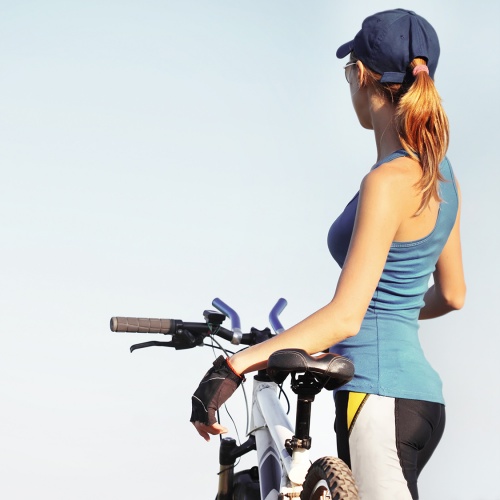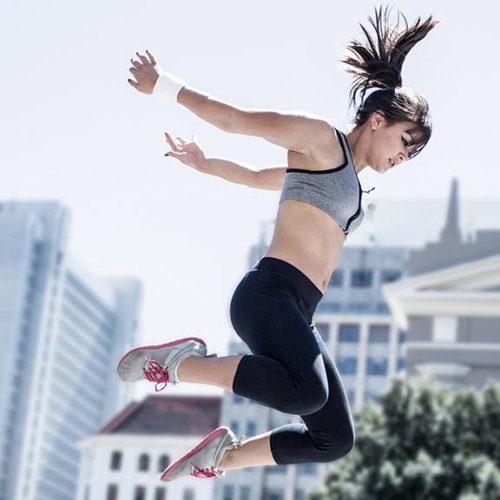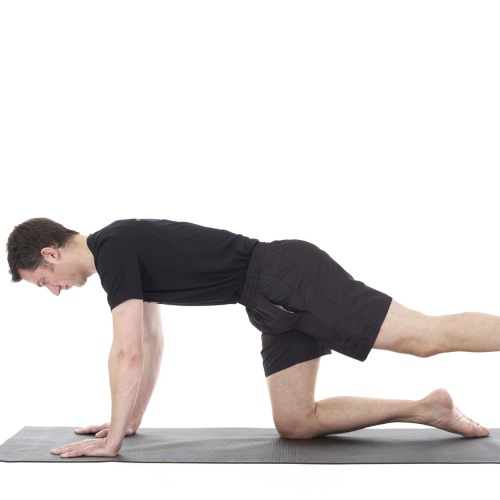Throughout my career as a Physiotherapist I have treated all sorts of conditions/injuries from mild tightness, sprains, strains to more severe pathology.
Over the years, the more time that I spend assessing and examining my patients, the more I find that I am constantly telling people that they need to improve their posture! This doesn’t seem to matter who they are or what they do. In fact, whether they’re elite athletes or couch potatoes, poor posture has become the norm rather than the exception to the rule.
In my opinion these postural issues are due to modern society and the particular physical stresses it puts on the body, and which we aren’t designed to manage. So many things in our lifestyle involve rounded, forward-flexed positions (shoulders rounded and hunched, with head and neck forward), often in evidence when we’re driving, bending, lifting, computer and office work, watching TV, and even caring for children.
We also sit far too much. Alarmingly, a 40 year old person who has spent their working hours at a desk has spent more than 100,000 hours sitting! And this doesn’t include what they do/did outside their time at work or in education.
Generally speaking, this rounded postural position puts added pressure on multiple parts of the body including lower back, hips, neck and shoulder. This pressure is exponentially increased when they do something that’s outside their body’s normal range of movement – twisting, slipping or falling for example.
The resulting injury leaves me with two problems to solve. Not only do I have to get rid of the acute inflammation but – and more importantly – I need to take the pressure off the area by correcting their underlying postural issues. And in many cases it’s not possible to deal with of the inflammation effectively until you correct the posture.
When I started work as Ten’s in house Physiotherapist, I had the opportunity to learn a lot more about Pilates, and in particular the Dynamic Reformer Pilates programme, and to work closely with their expert Trainers. Very quickly, it became evident that Ten’s underlying principles and practices fit seamlessly with my own Physiotherapy models, and that our new partnership would be massively beneficial to my overall management of patients, leading to faster and more successful outcomes for them.
The TenPilates programme is a more intense version of classic Reformer Pilates. And while it delivers a highly functional and effective full-body workout, it is still based on the fundamental principles of Pilates, which are all about squaring and straightening a person up, and focus on strengthening the core (the muscles in-between the shoulder blades, lower abdominals and the outside of the buttocks).
Most Pilates exercises are basically progressions of the rehabilitation exercises I give my patients on a daily basis! And it’s this similarity that makes Pilates is not only a great rehabilitation exercise but also a fantastic for injury prevention and prehabilitation). (It’s worth noting that the people who come to see me who are also regulars at Ten’s Pilates classes generally have better posture, stronger cores and are generally able to recover faster from any injuries they sustain!)
It’s this closeness of ethos between the Physiotherapy Pilates model that has enabled us to develop our ‘Circle of Care’. A uniquely collaborative transition between therapy, rehabilitation, Pilates and top end personal training that provides Clients with full integration of services with formal handovers between the team, all under one roof.
And thanks to this seamless and continuous progression of treatment, rehabilitation, corrective and functional exercise programmes, we’re able to get clients back on their feet, fitter and faster.





